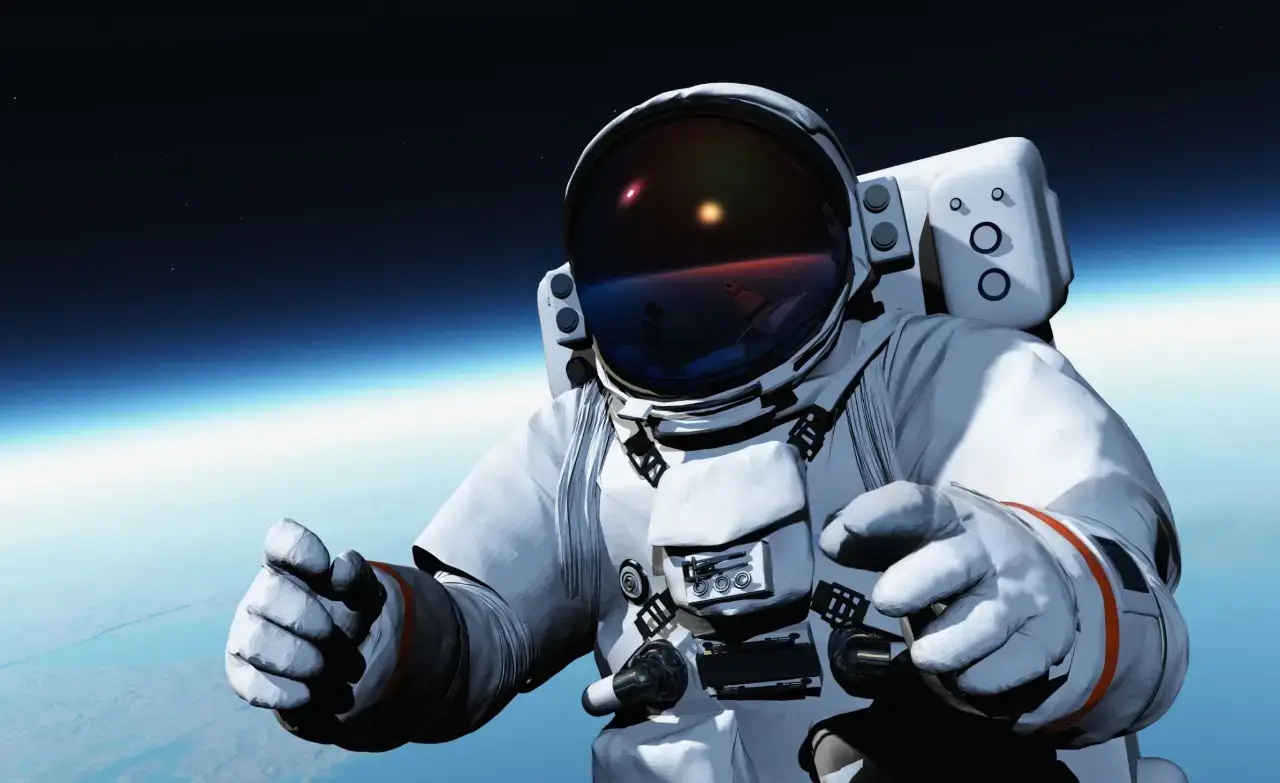
NASA Sets Coverage for Two Spacewalks Outside the International Space Station.
NASA has scheduled two significant spacewalks outside the International Space Station (ISS) this January 2025. These missions are designed to enhance the station’s operations and continue the legacy of innovation and scientific exploration in space. Here’s a closer look at the details, their significance, and how you can follow the action live.
Enhancing ISS Maintenance (January 16, 2025)
The first spacewalk took place on January 16, 2025, with NASA astronauts Suni Williams and Nick Hague venturing outside the station. Their primary goal was to replace a critical rate gyro assembly, which is essential for the station’s navigation and orientation systems. Additionally, they performed other routine maintenance tasks to ensure the ISS continues to operate at optimal efficiency.
This mission demonstrated the astronauts’ exceptional skills and adaptability, as they completed their tasks ahead of schedule. Williams’ heartfelt moment during the spacewalk, when she wished her husband a happy birthday, brought a personal touch to the otherwise technical operation. Such moments underline the human side of space exploration, making it relatable to audiences worldwide.
Upcoming Second Spacewalk
Scheduled for January 23, 2025, the second spacewalk will feature astronauts Suni Williams and Butch Wilmore. This mission’s objectives include collecting surface material samples and preparing a spare elbow joint for the station’s robotic arm. These tasks are crucial for ensuring the robotic arm remains operational, as it plays a vital role in cargo transfers, scientific experiments, and other essential station functions.
This spacewalk will not only address immediate maintenance needs but also prepare the ISS for future challenges. NASA’s proactive approach ensures that the ISS remains a hub for scientific discovery and international collaboration.
The Astronauts’ Extended Stay
Astronauts Suni Williams and Butch Wilmore’s involvement in these spacewalks comes under unique circumstances. Originally, the duo arrived at the ISS in June 2024 for a weeklong mission aboard Boeing’s Starliner capsule. However, due to technical issues with the spacecraft’s propulsion system, their return to Earth has been delayed. NASA has now arranged for their safe return aboard a SpaceX Crew Dragon spacecraft in early 2025.
This extended stay has allowed Williams and Wilmore to contribute significantly to ISS operations, including these critical spacewalks. Their adaptability and resilience highlight the dedication of astronauts to their missions, regardless of unforeseen challenges.
The Importance of Spacewalks
Spacewalks, or extravehicular activities (EVAs), are an integral part of maintaining and upgrading the ISS. These missions allow astronauts to perform tasks that cannot be completed from inside the station. From replacing aging hardware to installing new equipment, spacewalks are essential for ensuring the ISS remains functional and safe.
Beyond their practical purposes, spacewalks also capture the public’s imagination. They provide a window into the challenges and triumphs of working in the harsh environment of space. For many, watching astronauts float against the backdrop of Earth is a reminder of humanity’s ability to overcome boundaries and achieve the extraordinary.
How to Watch the Spacewalks Live
NASA offers live coverage of spacewalks through NASA TV and their official website. These broadcasts include expert commentary and real-time footage of the astronauts’ activities. For those interested in space exploration, tuning in provides an unparalleled opportunity to witness history in the making.
To watch the upcoming spacewalk on January 23, visit NASA’s official website or follow their social media channels for updates. The broadcast will include insights into the objectives of the mission, the tools and techniques used by the astronauts, and the broader context of their work aboard the ISS.
The Future of the International Space Station
Since its inception in 2000, the ISS has been a cornerstone of human space exploration. It has hosted hundreds of astronauts and facilitated countless scientific experiments, advancing our understanding of space and its potential for humanity. With plans to continue operations until 2030, the ISS remains a vital platform for research and international cooperation.
Looking ahead, NASA and its partners are preparing for the station’s eventual decommissioning. After 2030, the ISS will be safely deorbited, marking the end of an era in space exploration. Companies like SpaceX are expected to play a key role in this process, as well as in the development of next-generation space stations.
Why This Matters
The upcoming spacewalks and the broader mission of the ISS underscore the importance of space exploration for humanity. They highlight our ability to work together across nations and disciplines to achieve common goals. Moreover, the research conducted aboard the ISS has practical applications on Earth, from medical advancements to technological innovations.
As NASA prepares for these spacewalks, the world will be watching. These missions serve as a testament to human ingenuity, resilience, and our unyielding desire to explore the unknown. Whether you’re a space enthusiast or simply curious about the universe, these events offer a chance to connect with the remarkable story of space exploration.
Stay tuned for more updates and be sure to catch the live broadcasts to witness history unfold above our planet.



